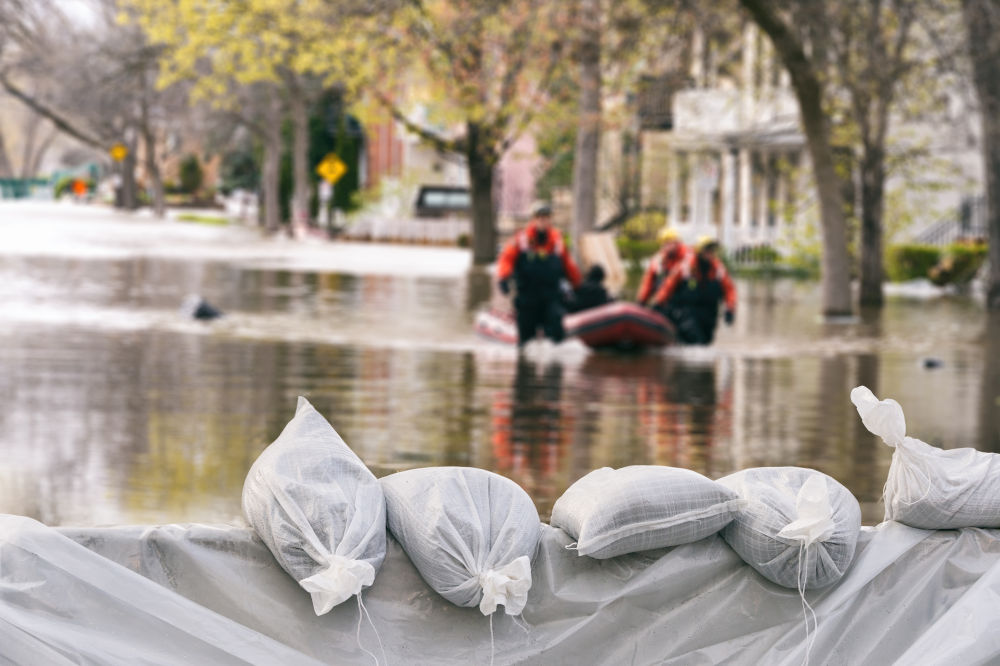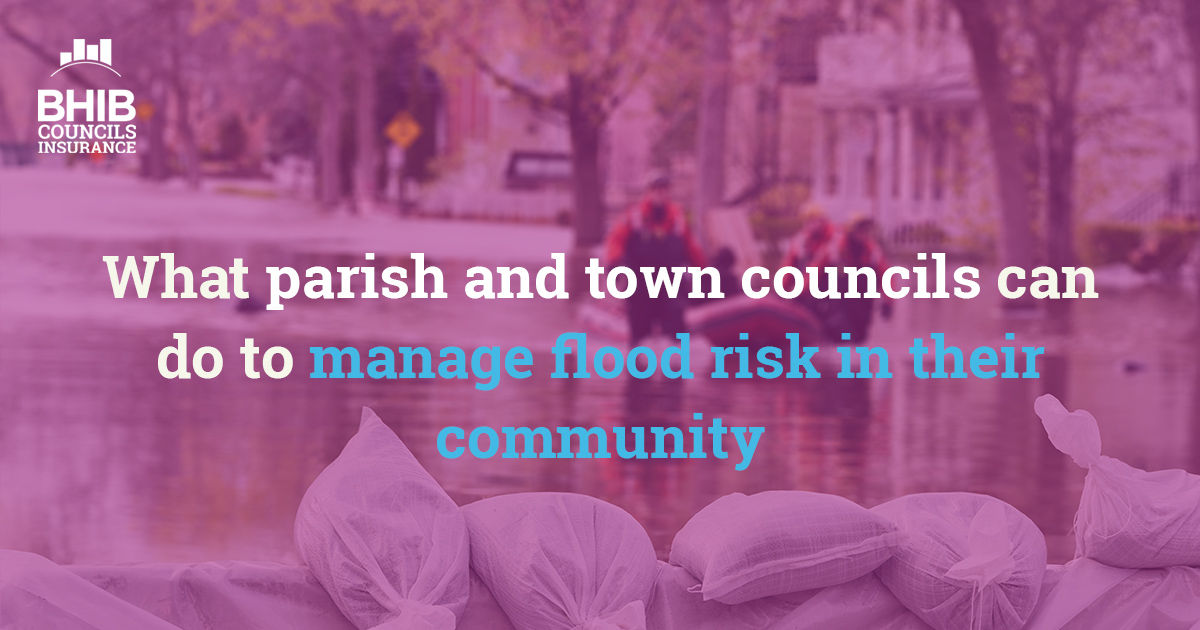Flooding seems to be an increasing problem across the UK – which spends over £4bn every year on flood defences. Recent estimates suggest that one in six of all homes in England are at risk of flooding, with 2.4 million people living in immediate flood risk areas around the country.
The impact of flooding on communities, properties and infrastructure is widely known, due to the frequency of flood events we have experienced over the past 10-20 years. The significant challenges for affected councils include:
- Repairing roads, walls and bridges
- Maintaining continuity of services
- Providing short term, longer term or even permanent re-housing for displaced residents
- Communicating progress and developments with your communities
In addition, councils have to deal with health and safety concerns. The influx of contaminated water into properties means that they could be inhabitable for some time – so temporary shelter for residents may be needed. If the contamination is severe, it may not be possible to clean and the complete replacement of walls and floors may be necessary.
Below we have listed some things parish and town councils can do to either help prevent floods in their community, or reduce the impact flooding has on homes, businesses and families in their area.
If you require any more specific help or advice regarding the flood risk management and mitigation, please get in touch using our contact form.

Look into partnership funding
Funding for flood and coastal erosion management is available via grants from Defra to the Environment Agency (EA).
In recent years, only high-priority cases were considered for funding due to an increase in applications. However, recent changes in the allocation of funds mean that any worthwhile project can be eligible for at least some funding. This is known as Flood and Coastal Resilience Partnership Funding. The EA also invests in reducing the consequences of flooding through better risk mapping, strategic planning, flood forecasting and warnings, and development control.
For more information, visit: https://www.local.gov.uk/topics/severe-weather/flooding/paying-flood-and-coastal-erosion-risk/funding-arrangements
In general terms, under the new partnership funding system any local flood alleviation scheme may be eligible if additional funding can be raised locally to supplement any national funding. Parish and town councils should therefore start looking into methods of raising flood alleviation funds locally and discussing the options with local businesses, landowners and the wider community.
Work with the local authority
Under Section 260 of the Public Health Act (1936), parish councils have powers to undertake maintenance work on ponds, ditches, pools or other areas used for the collection of drainage or stagnant water in order to prevent it from becoming a public health risk.
Parish councils can also help the flood prevention and reduction efforts by preparing community flood plans, raising additional funding for flood defence measures and organising the gathering and reporting of information on flood incidents in their community.
This could include forming a Flood Action Group or contacting any existing groups in the area. To find out more, visit the National Flood Forum: https://nationalfloodforum.org.uk/working-together/communities/what-is-a-flood-action-group/
You could also help to prepare a Community Flood Plan, which can help the community respond quickly when flooding happens. You can find a template to use here: https://www.gov.uk/government/publications/community-flood-plan-template
If you require any more specific help or advice regarding the flood risk management and mitigation, please get in touch using our contact form.
Flood prevention advice for properties
As well as taking action to help with community efforts regarding flood prevention and risk mitigation, parish and town councils can also help residents protect their homes and businesses from flood damage.
Flood protection for buildings falls into two categories – flood resistance and flood resilience. Ideally homes and other buildings in your community should be fitted for both.
Flood resistance measures help to prevent water get into buildings, so include:
- Removable barriers fitted to doors and windows
- Temporary seals for doors and air bricks
- One-way valves fitted to toilets and drainage pipes to reduce the risk of sewage backing up during a flood
- Pump and sump systems which can drain water from below floor level quicker that it rises
Flood resilience measures can help to minimise any damage if water does get in to the property. This can include:
- Using ceramic or stone tiles on floors instead of wood or laminate flooring
- Raising electrical sockets in the building to higher than 1.5m
- Using stainless steel or solid wood kitchen units rather than chipboard
- Replacing wooden window frames with UPVC
Other useful tips
- Special waterproof bags are available that can be used to protect household items from flood water. These come in all sizes, with some big enough to cover large furniture items or even your car.
- Position any items that are likely to be easily damaged from flood water higher up in a room – or keep them upstairs if possible. It’s also a good idea to keep some spare bricks, blocks or wooden pallets on hand so you can put items on them to keep them off the floor in low level floods.
- If flood water outside the property becomes deeper than 1m it is recommended that you should allow the water into your home, as this depth of water can create enough pressure to move the outer walls – which could cause serious structural damage. At this point the flood resilience measures you have in place will come into effect.
Specialist Insurance for Local Councils
We are passionate about delivering tailored insurance solutions for Local Councils.





